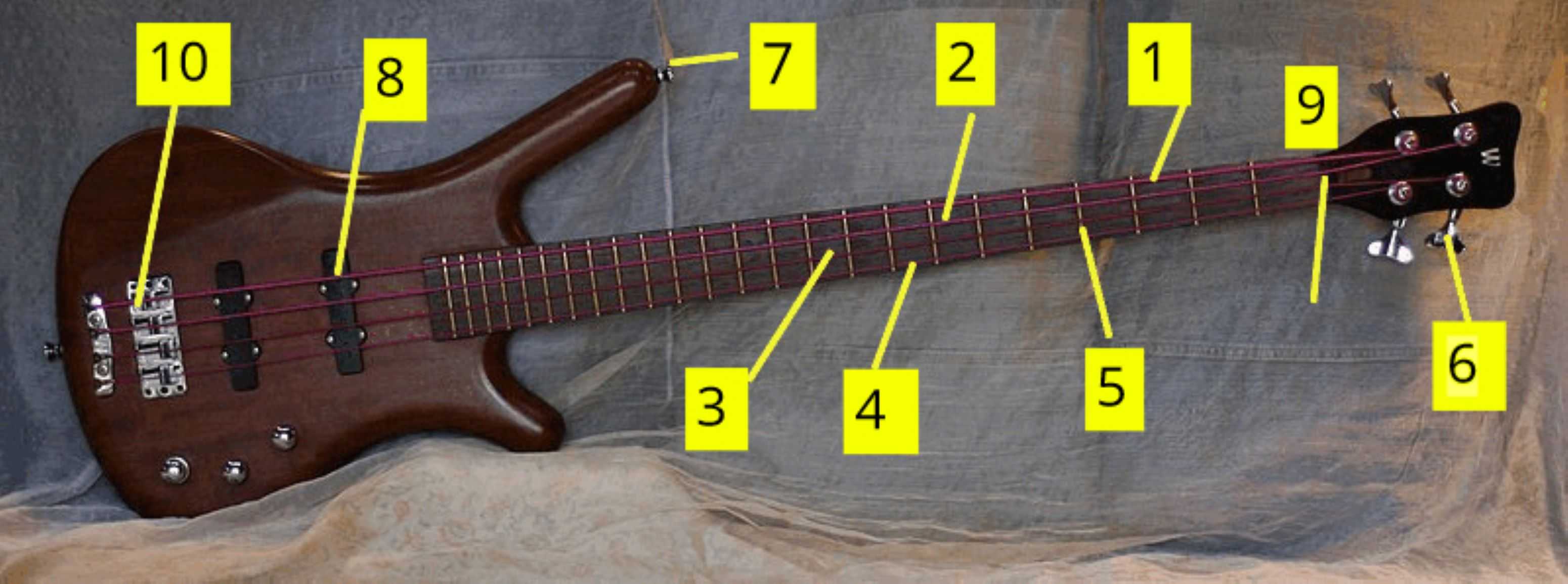
Electric Bass Guitar Parts Trivia Quiz
This is a simple straightforward quiz about the components of a bass guitar. Just identify the parts that correspond to the number listed. Good luck and have fun.
A label quiz
by Lord_Digby.
Estimated time: 3 mins.
- Home
- »
- Quizzes
- »
- Music Trivia
- »
- Musical Instruments
- »
- Guitar
